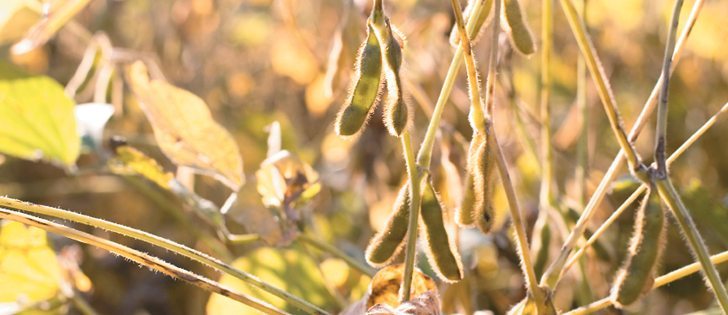Good yields in Manitoba | Despite conditions, yield reports are positive
Manitoba’s crop production guide says soybeans yield 10 bushels per acre less than canola in western Manitoba.
That’s not the case this year.
Elmer Kaskiw, a Manitoba Agriculture crop production adviser in Minnedosa, said farmers in southwestern Manitoba are reporting soybean yields comparable to canola.
“The comment is their soybean crop is yielding fairly close to what their yields is on their canola crop,” Kaskiw said, adding soybean yields are 30 to 45 bu. per acre.
“The average is probably going to be in that 35 to 38 range.”
Read Also

Stacking Canada up on gene editing livestock
Canada may want to gauge how Argentina and other countries have approached gene editing in livestock and what that has meant for local innovation.
The above average yields are surprising, considering the challenging growing conditions in western Manitoba this year.
A cool spring delayed planting, and 150 to 200 millimetres of rain soaked fields in late June. As well, a frost in the second week of September damaged part of the soybean crop in western Manitoba and eastern Saskatchewan.
In the face of all that, soybeans still performed.
“Our finding is that soybeans are extremely tough,” said Marnie McLean, who runs a 6,000 acre farm and pedigreed seed business near Oak River, Man., with her husband and parents.
“They just kind of roll with it.”
McLean said they have grown soybeans for several years so they weren’t surprised when their 600 acres yielded 35 to 40 bu. per acre.
“We were very pleased…. Our beans yielded about the same, on average, as our canola.”
Sheila Heide, district sales manager for NorthStar Genetics in Saskatchewan, said soybean yields aren’t quite as strong in her province.
Growers are reporting yields of 25 to 43 bu. per acre in eastern Sask-atchewan.
However, she said those yields are respectable, considering the extreme rainfall in June and the early frost in September.
“Fields were sitting under water for a week to 10 days,” she said.
“I’ve had growers tell me if it would’ve been any other crop, they wouldn’t have got a crop.”
Soybeans don’t mind wet conditions, and that trait was evident this summer.
“If you do have a drowned out spot, there are beans right up to the edge of the spot,” Mclean said.
“Whereas with canola, you won’t have a plant for 10 feet back (from the spot).”
Kaskiw agreed, saying many canola fields in the region had drowned out patches with no plants.
“Whereas in the soybean crop, the vast majority of the acres still produced yield.”
McLean said some farmers will always remain skeptical about soybeans in western Manitoba, but this year might change a few minds.
“Given a year like this year, where we had a tough spring, we had tough harvest and … it works, again. Even with an early frost, guys are still doing well (with) beans,” said McLean, who intends to seed 1,000 acres of soybeans next spring.
“I don’t think there will be a stampede (to beans), but I think there will be a steady march.”
















